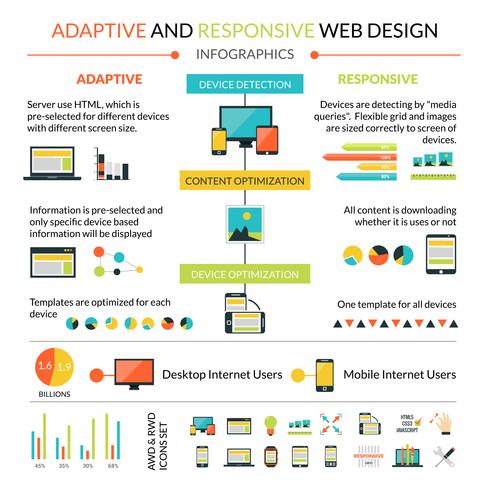The Role Of Shade Psychology In Website Style
The Role Of Shade Psychology In Website Style
Blog Article
https://andyhbsjq.wizzardsblog.com/29908404/meticulously-select-a-digital-advertising-company-for-your-service-based-on-goals-spending-plan-and-market-experience-learn-even-more-for-success -Maldonado Fox
Harness the power of color psychology in site layout to enhance user engagement and assumption. Colors activate feelings, communicate messages, and affect just how individuals interpret your website. https://rafaelgcvwr.theideasblog.com/30359299/boost-your-website-s-performance-with-on-page-search-engine-optimization-proficiency and decision-making, so select carefully. Cozy tones create necessity, while cooler tones cause leisure. Contrasting shades help highlight key elements. Colors shape your brand identity, reinforcing recognition and link with your audience. By lining up shades with your brand name worths and considering your target market's choices, you can create a visually enticing and mentally powerful web site. Your website's color design can make a considerable distinction in just how individuals view and engage with your brand.
Relevance of Shade Psychology
Comprehending the relevance of shade psychology is vital for creating impactful and engaging internet site styles that reverberate with your target audience. Colors have the power to stimulate emotions, communicate messages, and influence assumptions. By tactically selecting the best shades for your website, you can improve the overall customer experience and leave an enduring impression.
Shade psychology plays an important duty fit the assumption of your brand. Various colors have distinct organizations and definitions connected to them. As an example, blue is commonly related to trust fund and professionalism and reliability, while red can evoke feelings of enjoyment or necessity. By straightening https://www.inventiva.co.in/trends/how-digital-marketing-consumer-behavior/ on your internet site with your brand worths and messaging, you can establish a strong visual identification that brings in and preserves individuals.
Moreover, color options can impact customer behavior and decision-making. Researches have actually shown that particular colors can influence how individuals perceive information and communicate with a web site. By understanding the psychological impacts of colors, you can make a web site that overviews users in the direction of specific activities, such as making a purchase or signing up for a newsletter.
Influence on User Behavior
Shade choices in site style can directly affect exactly how individuals behave and connect with the content provided. When customers visit an internet site, the shades utilized can evoke certain emotions and responses that impact their browsing experience. As an example, warm shades like red and orange can produce a sense of seriousness or enjoyment, motivating customers to act rapidly. On the other hand, cool colors such as blue and green often tend to have a calming effect, suitable for advertising leisure or trust.
Using contrasting shades can draw attention to essential components on a webpage, guiding users towards details areas like buttons or phones call to action. Likewise, a well-balanced color design can enhance readability and navigation, making it less complicated for customers to discover details and involve with the content. By tactically integrating shades that straighten with your web site's function and target market, you can effectively influence user actions and boost general communication.
Enhancing Brand Identification
To develop a solid and identifiable brand identity with website design, consider exactly how shade options can play an essential duty in shaping exactly how users view and get in touch with your brand. Colors evoke emotions and organizations, making them effective devices for sharing your brand's worths and individuality. Consistency in shade usage across your site can aid reinforce brand name recognition and develop a cohesive visual identification.
When choosing colors for your internet site, think of exactly how different hues line up with your brand name's message. For example, blue commonly indicates trustworthiness and professionalism and trust, while eco-friendly can evoke feelings of development and eco-friendliness. By incorporating these color significances tactically, you can improve your brand's image and interact with users on a subconscious level.
Remember that shade psychology isn't one-size-fits-all; it's vital to consider your target audience's choices and social differences when picking shades. By leveraging the psychology of shade in your site design, you can strengthen your brand identification and leave a long-term impression on visitors.
Verdict
As you browse the vast sea of web sites, keep in mind the power of shade psychology assisting your every click. Like a painter with a palette, developers craft online experiences that evoke emotions and form assumptions.
From soothing blues to lively reds, each shade plays a crucial role in catching your interest and affecting your activities. So following time you search the internet, take a minute to appreciate the creativity behind the colors that border you.
